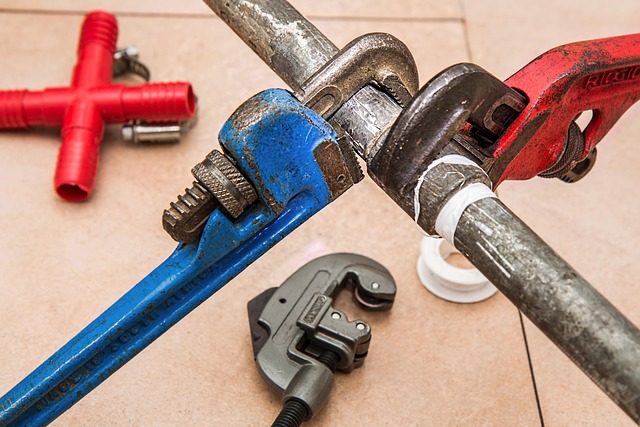In real estate, unexpected repairs like burst pipes, leaky roofs, and structural damage can cause financial strain. Proactive budgeting, regular maintenance checks, and building an emergency fund help mitigate these costs. DIY solutions guided by online resources further save money and educate homeowners.
In the ever-changing landscape of real estate, unexpected emergency fixes can arise at any moment, demanding immediate attention. This article equips homeowners with essential knowledge on budgeting for unforeseen repairs. We delve into common emergency fixes specific to real estate, offering strategic insights on allocating funds effectively. Additionally, we explore cost-minimizing strategies to help you prepare financially and avoid the financial strain of sudden repairs.
Understanding Common Emergency Fixes in Real Estate

In the realm of real estate, unexpected emergency fixes can arise at any time, from burst pipes and leaky roofs to electrical issues and structural damage. Staying prepared for such unforeseen circumstances is paramount for both homeowners and property investors alike. Understanding common emergency fixes in this sector involves recognizing recurring problems that often require immediate attention and substantial financial investment.
By being aware of these typical issues, individuals can allocate their budgets effectively. For instance, pipes freezing during winter or faulty wiring leading to short circuits are frequent culprits. Additionally, older properties may necessitate repairs for outdated plumbing, rooftops in need of replacement, or structural elements like beams and foundations showing signs of wear. Proactive planning and setting aside funds for such emergencies can significantly mitigate the financial strain associated with these unwelcome surprises.
Allocating Funds for Unexpected Repairs and Maintenance

In the realm of real estate, unexpected repairs and maintenance can significantly impact both homeowners and renters. Allocating funds for such unforeseen events is crucial to avoid financial strain during distressing times. It’s wise to set aside a portion of your income specifically for emergency fixes, treating it as an integral part of your homeownership or tenancy experience.
Regularly evaluating and updating your budget to accommodate potential repairs can prevent you from scrambling for funds when issues arise. This proactive approach ensures that small problems don’t escalate into costly disasters. By dedicating a contingency fund for unexpected maintenance, you demonstrate responsible stewardship over your property, fostering a sense of security and stability in the face of an unpredictable real estate landscape.
Strategies to Minimize Costs for Emergency Fix Budgeting

In the unpredictable realm of real estate, emergency fixes are an inevitable part of homeownership. To minimize costs when budgeting for these unforeseen expenses, proactive strategies can make a significant difference. Regular maintenance checks are key; identifying potential issues early on can prevent small problems from escalating into costly repairs. Staying on top of routine tasks like checking pipes for leaks, inspecting electrical connections, and maintaining HVAC systems ensures that any necessary fixes are addressed efficiently.
Additionally, building an emergency fund specifically for home repairs is a wise financial move. Allocating a portion of your monthly income to this reserve allows you to cover unexpected costs without resorting to high-interest credit or dipping into savings. Homeowners can also explore DIY options for minor repairs, leveraging online resources and tutorials to tackle simple tasks themselves. This not only saves money but also empowers you to better understand the maintenance needs of your property.






